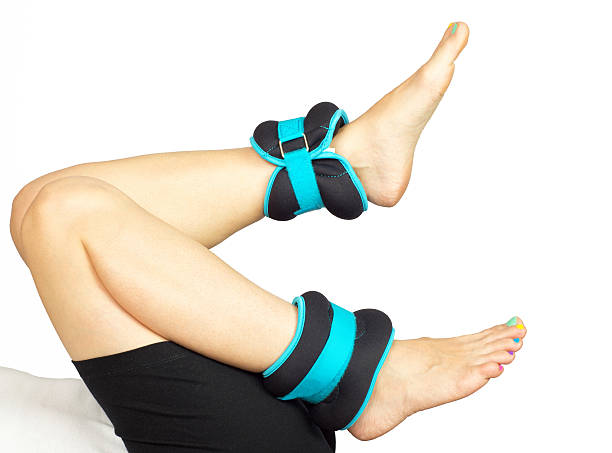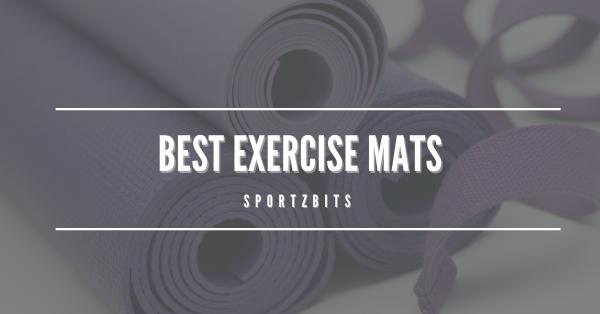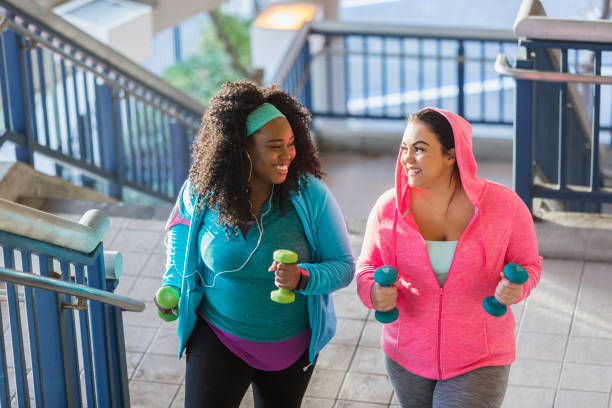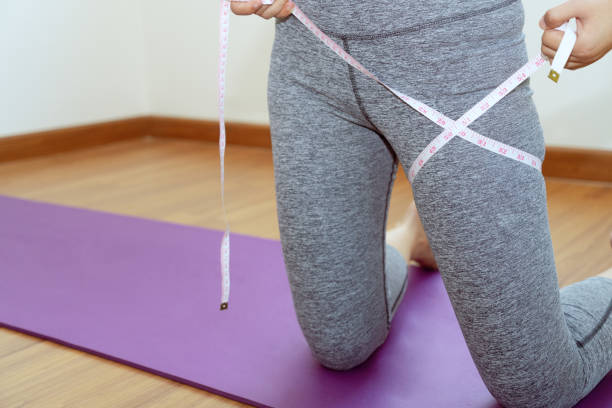A common issue people frequently face related to their muscles is pain. This unease could be a result of various factors, such as heavy physical exercise, overuse, or bacterial infection. If you’re experiencing muscle pain, there are numerous methods you can use to mitigate this unease.
Causes of Sore Muscles

There are many causes of muscle soreness, but exercise is the most common. When you work your muscles, you cause microscopic tears in the tissue. The body repairs these tears as you rest, and this is what leads to muscle growth.
However, the process of repair also results in inflammation and pain. Other causes of muscle soreness include physical labor, injury, infection, and certain medications.
If you’re starting with a workout routine, muscle soreness can be a normal thing. But when you notice that the pain is not going away, here are the probable causes:
Overtraining and Intense Workout
Overtraining is a common problem for athletes, especially beginners. Overtraining can cause delayed onset muscle soreness, fatigue, and decreased performance. It is important to learn the signs of overtraining and to listen to your body when it tells you to take a break. Overtraining can be caused by excessive exercise, lack of recovery time, or incorrect training intensity.
Lack of Stretching
It’s no secret that muscles get sore after a good workout. But what is the cause of this muscle soreness? A recent study found that lack of stretching was the main culprit for muscle soreness.
The study, published in the Journal of Applied Physiology, looked at how stretching affected muscle soreness after a workout. The researchers found that people who didn’t stretch were more likely to experience muscle soreness than those who did stretch.
The researchers believe that stretching helps to remove waste products from the muscles, which reduces inflammation and muscle soreness. They also believe that stretching may help to improve range of motion and flexibility.
Lack of Hydration
Water is essential for human life. It helps regulate the body’s temperature, transports nutrients and oxygen to cells, and helps rid the body of waste. Muscles are about 75% water; when they don’t get enough water, they become tired and sore. Dehydration can also lead to heat illness.
Inadequate Nutrition
Sore muscles are a common side effect of a vigorous workout, but did you know that inadequate nutrition can also cause muscle soreness? When you don’t eat enough protein, carbohydrates, and fat, your muscles can become tired and sore.
This is because your body doesn’t have the nutrients it needs to repair the damage done to your muscles during exercise. To prevent muscle soreness, be sure to eat a balanced diet that includes plenty of protein, carbohydrates, and healthy fats.
Poor Exercise Form
If you are like most people, you probably experience muscle soreness after an intense workout. While this is a common occurrence, it doesn’t mean it is normal. Poor exercise form is often to blame for post-workout muscle soreness. When you don’t use the correct technique, your muscle is forced to work harder than they should, which can lead to sore muscle.
If you are looking to avoid muscle soreness, it is important to focus on proper exercise form. This means using the correct weight, performing the exercises in the right order, and taking breaks as needed. It also means moving through the exercises with control and never using momentum to swing or jerk weights around.
While proper exercise form can be tricky to master at first, it is well worth the effort.
Muscle Imbalance
Most people experience muscle soreness at some point, especially after starting a new workout routine. While it’s normal to feel some discomfort, severe or chronic muscle soreness can indicate an underlying problem.
Muscle imbalance is one of the most common causes of muscle soreness and can lead to other health problems if left untreated.
Methods to Ease Muscle Soreness

There are many methods athletes and people who exercise can use to reduce delayed onset muscle soreness or doms due to strenuous exercise. One is using compression clothing after a workout. This has been shown to stimulate blood flow and lymphatic drainage, which can help reduce inflammation and swelling. Using a foam roller is another way to help deal with muscle soreness.
This tool helps massage the muscles and break up any adhesions or knots that may have formed. Applying ice packs can also help to reduce inflammation and swelling. Elevating the affected limb also helps by decreasing the amount of blood pooling in the area. Taking NSAIDs such as ibuprofen can also help to relieve pain and inflammation.
Here are more ways to help you relieve pain due to sore muscles:
Get Enough Rest
It is important to get enough rest for muscle recovery. When you are tired, your muscles cannot recover as well from a workout, which can lead to more soreness. Furthermore, if you are constantly fatigued, your immune system may be weakened, making you more susceptible to getting sick. So make sure you get plenty of sleep every night!
Cold Therapy
Ice baths have been shown to reduce muscle soreness and inflammation. By cooling the body down, ice baths help the body to recover faster. The cold temperature also helps to constrict blood vessels, which reduces swelling.
Foam Rolling
Athletes and fitness enthusiasts have used foam rollers as a post-workout soreness reducer for years. Foam rolling is a form of self-myofascial release in which a person uses their body weight to apply pressure to specific muscles or muscle groups by rolling them over a foam cylinder. This action is said to help reduce muscle soreness, improve flexibility, and increase blood flow.
Massage
When you work out, you create microscopic tears in your muscles. This leads to soreness and the feeling of being “worked out.” Massage can help reduce muscle soreness by increasing blood flow to the muscles and helping the body remove waste products. It can also help loosen tense muscles and promote relaxation.
Choose a licensed massage therapist to ensure that the massage will effectively relieve post-workout muscle pain.
Compression
Compression garments are effective in reducing muscle soreness. A study published in the Journal of Strength and Conditioning Research found that compression garments were able to reduce muscle soreness after a strenuous workout.
The study participants were asked to complete a leg extension workout followed by a downhill running session. The compression group showed significantly less muscle soreness than the non-compression group.
It is believed that compression garments help to improve blood circulation and remove waste products from the muscles, which reduces inflammation and soreness.
Proper Nutrition
As athletes, we constantly search for ways to improve our performance and reduce muscle soreness. Proper nutrition is one key factor that can help us achieve these goals. Eating the right foods before and after a workout can help reduce inflammation and speed up healing.
Some of the best foods to eat before a workout include lean protein, whole grains, and fruits and vegetables. Protein helps muscles recover after a tough workout, while whole grains provide sustained energy. Fruits and vegetables are packed with antioxidants, which help fight inflammation.
After a workout, it’s important to refuel your body with carbs and protein. Carbs provide energy for the next workout, while protein helps rebuild muscle tissue. Good protein sources include chicken, fish, eggs, dairy products, and plant-based proteins like beans and lentils.
When to See a Doctor?

There is no single answer to the question of when to see a doctor about muscle soreness. Sometimes, the discomfort will go away on its own, and no treatment is necessary. However, there are other times when it’s important to seek medical help immediately. Here are a few things to keep in mind:
If the soreness persists for more than a week, gets worse instead of better, or is accompanied by other symptoms, it’s time to see a doctor.
If the muscle pain is accompanied by fever, chills, or other unusual symptoms, it could indicate something more serious and require prompt medical attention.
If you’re having difficulty using the muscle due to pain or swelling, that’s also a sign that you should seek medical help.





